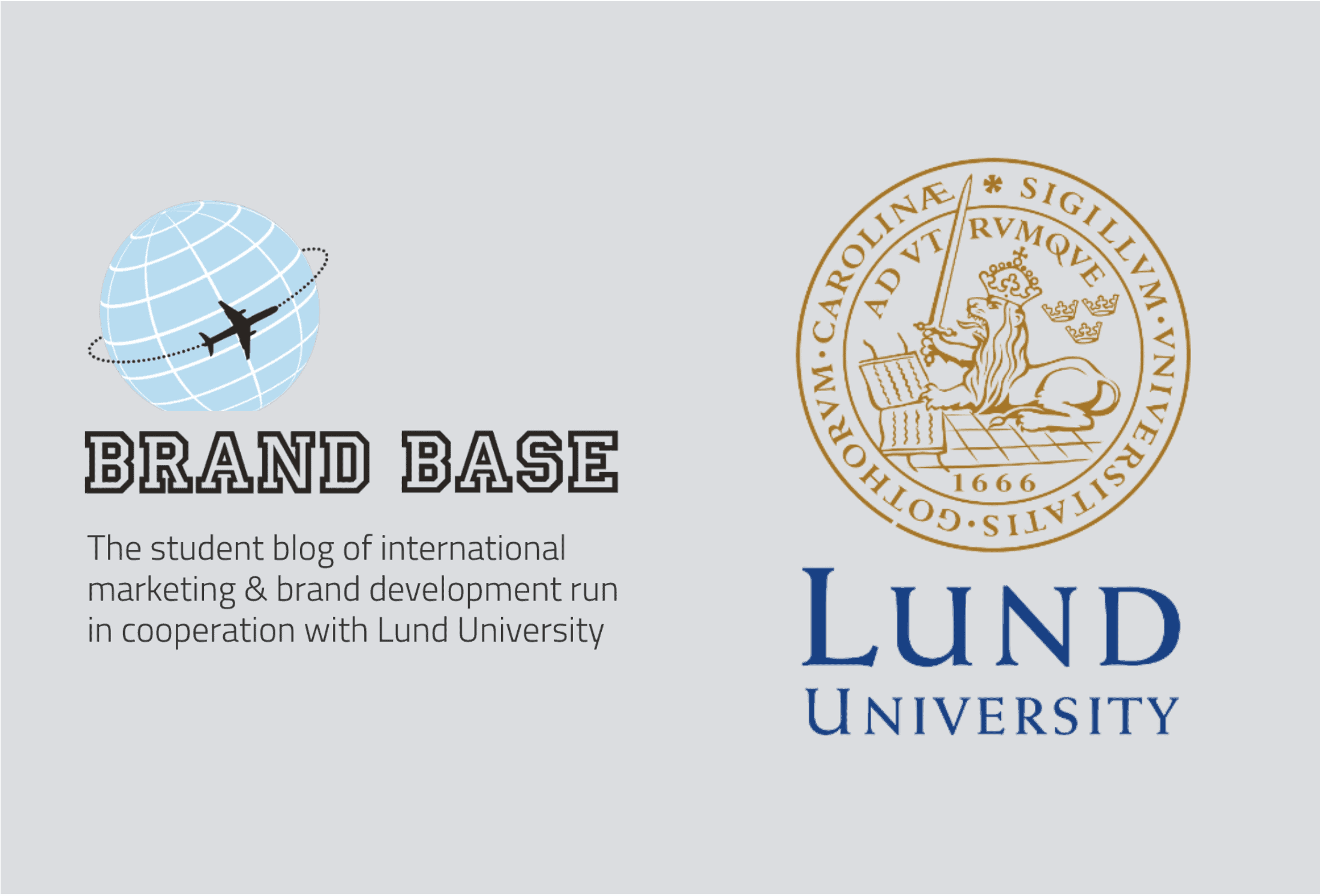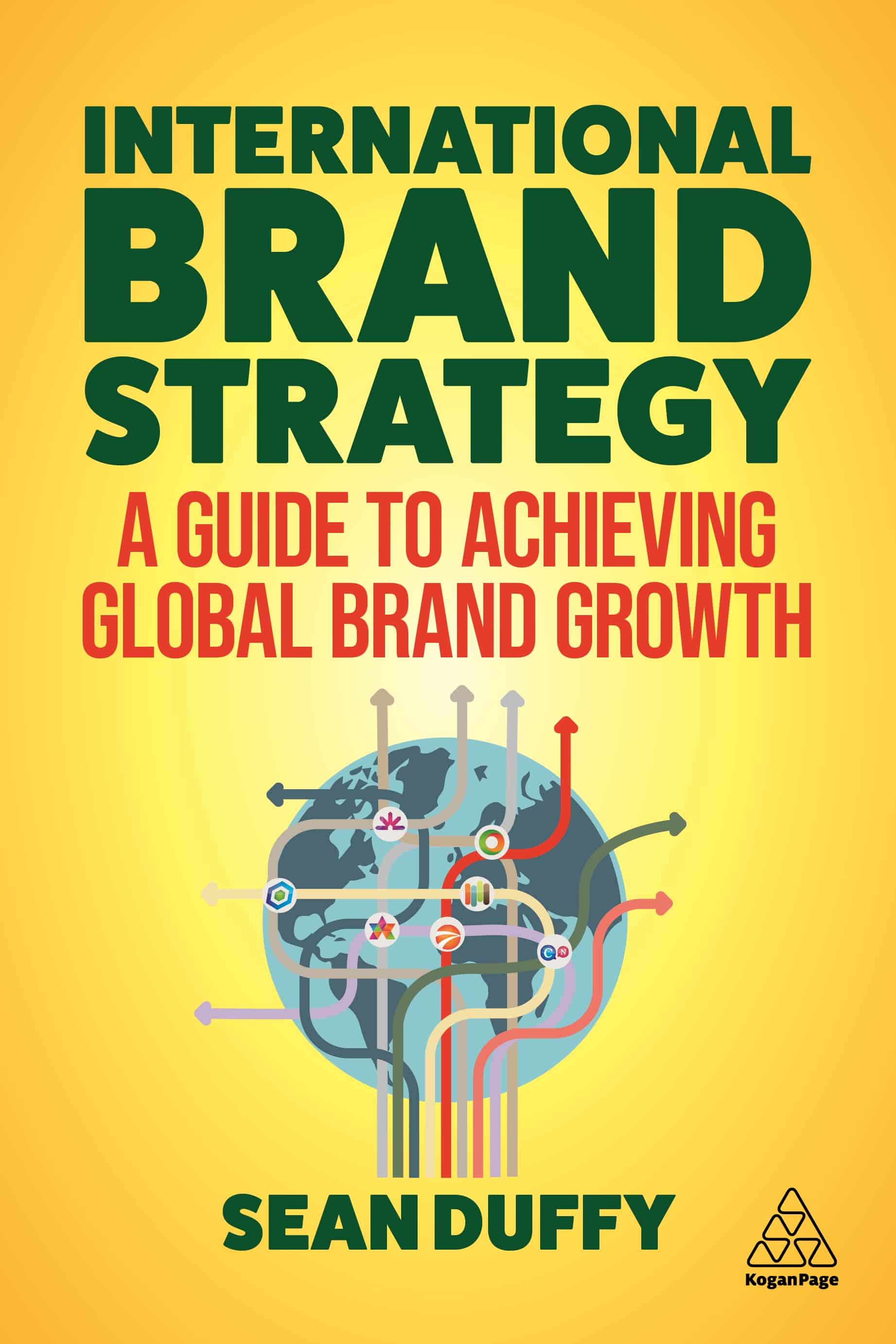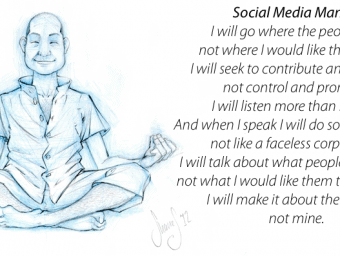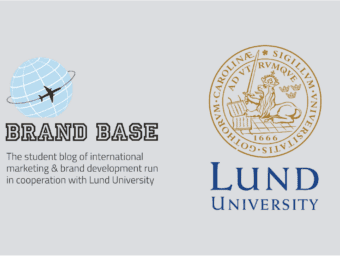Understanding the negative implications of influencer marketing
Three implications to consider for a Brand Manager ...
24 Jan 2024 16685 Views
Written by Asger Häversjö
One of the seven laws of network states that with the increasing information on the web, we have limited attention to what we read (Van Dijk, 2012). Recent myths describe it as our attention span is less than a goldfish, all thanks to the negative effects of social media influencers. Whether that is true or not (there is a whole literature stream about it) the fact remains that there is too much information on the web for us to consume (Van Dijk, 2012). The overflow of information creates a dilemma for marketers, how can they reach us when we are neither looking nor listening?
One of the answers to this dilemma is that brands have entered spheres that are made for human interaction, such as social media (Gensler et al., 2013). Branding on social media takes different forms, but recent research shows that to manage a brand on social media the manager needs to create interactivity and let the users take control (Christodoulides, 2009).
One way for brands to govern the public perception of brands and what is being said about it is simply to pay consumers to say what you want them to say, also known as influencer marketing.
What I want to express in this blog post is: what is influencer marketing, why is it effective, how does the future look like, and what are some reasons behind negative effects of social media influencers on society. After I have put some thoughts into those areas I want to give a suggestion to marketers on how to make an effective campaign.
What is influencer marketing?
According to Brown and Hayes (2008), it is defined as the identification and use of specific key individuals who hold influence over potential buyers of a brand or product to aid in the marketing activities of the brand. In other words, people with a big network who have the possibility to influence other people’s purchase decisions. This marketing technique has proven itself very efficient and has shown to increase sales and retention (Kumar et al. 2010:Libai et al. 2010). Over the recent years, influencer marketing has grown to be a multibillion-dollar industry (Schmidt 2018).
Why is influencer marketing so efficient?
One way to interpret the effectiveness of influencer marketing is by network theory. Network theory states that the world consists of individuals (units) that are connected by ties to each other which creates networks (van Dijk. 2012). When the web now has become enormous, the traditional marketing channels do not reach us anymore. This is of course linked to all the information available, and it is not possible anymore to consume all the information because people have limited attention. The companies, therefore, use influencers to address units that are not within their own cluster, to reach new clusters with more potential consumers. Using influencer marketing thus makes it possible for companies to reach more consumers which their intermediaries have stronger ties to.
Additionally, one of the main reasons why influencer marketing has such an impact on our purchase decisions is the trust that we put to people we have a relationship to. People trust their own and their friends’ experiences more than statistic evidence in general (Freitag and Traunmüller 2009). While this is still the case Edelman’s trust barometer (2018) show an all-time low for trust in “person like yourself” when they give us information about businesses. This indicates that we have started to change how we trust our peers which as it is a new phenomenon. Presumably, this change has to do with the increasing usage of influencer marketing.
What are the drivers for social influencers to engage in influencer marketing?
What are the drivers for social influencers to engage in influencer marketing? From the influencers perspectives, there are two different collaborations with companies, earned or paid collaborations (Sudha, M., and Sheena, K. 2017). Earned collaborations are when the influencer promotes a brand without having any contact with the company. Paid on the other hand is when companies sponsor or pay the influencer to promote their brand. The latter is of particular interest in this paper. In paid influencer marketing the monetary values seem to be the main driver for the influencer, even though influencer themselves usually state that brand values are important for them to enhance the brand (Forbes, 2017).
In a study on drivers for Word of Mouth (WOM) by Lovett, Peres and Shachar (2013) they found that WOM that leads to self-enhancement is significantly higher in online- compared to offline forums, and is an important factor as to why we engage in WOM. This was tested from the hypothesis that it boosts self-esteem and also that premium commodities are of more interest for WOM engagement in the online forum. The premium engagement hypothesis origins in the Veblen effect by Leibenstein (1950), which states that people use their purchases to signal their social status, and luxury goods are therefore considered as a signal that expresses higher social status (Leibenstein, 1950).
Additionally, Arvidsson and Caliandro (2015) argue, that contemporary consumers not only engage with brands on social media because is it a community, is it also a way to get publicity via the brand. In influencer marketing, not only are the influencers engaging with brands of monetary reasons and self-enhancement, but also as a way to get free publicity to their own brand/platform.
Macro and micro influencer marketing
The past few years one revolution has happened within social media influencer marketing. From what is called macro influencer marketing, where companies target celebrities or known influencers with a big number of followers, to a more micro influencer marketing. In micro influencer marketing companies instead, target less known influencers, and gain advantages of their followers (Curemedia, n.d.). This amplifies the trend of “everybody” wants to become an influencer.
Marketing techniques come and go
According to Holt (2002), marketing techniques have changed roughly every decade since the past 60 years. The common denominator in these changes is that as the majority of brands imitate a certain technique or marketing strategy the less efficient it gets. Due to the fact the consumers learn how to see through these techniques and strategies. With the increase in brands engaging in influencer marketing over the last years, we are no longer exploring influencer marketing, rather we have started to exploit it. The question we must ask ourselves is, what consequences can we suffer from this?
Three negative effects of social media influencers to consider in influencer marketing
- The prices for influencer is rapidly increasing since they have started to know their true value. According to Holt (2002), this should be seen as a first sign that this technique is starting to be exploited, and thus the effects will start to decrease.
- What marketing implications can have for society at large, but also the corporate world if the peer to peer trust on the web start to rapidly decrease? We have already started to see the effects of this, as earlier mentioned Edelman’s trust barometer shows that the trust we have to “people like me” when given information about a company is decreasing. In my view, the increased influencer marketing has a huge share in this decrease since we now know that our online peers can have collaborations with companies. According to Bauman (Jacobsen. 2014)
“interpersonal trust is everywhere an important part of social capital that renders increase in life satisfaction”.
Elaborating on Bauman’s thoughts we will get increasingly confused about who to trust when given information about businesses. This will make us even more like planktons in the stream without any steady ground to lean on when making decisions. Making peoples life decisions even more fragmented.
- Another getive marketing implication that should be considered is the alignment of companies values. In this increasingly opinionated landscape, who you work with and the opinion that your company and the people you work with expresses, is increasingly important (ref?). The risk that companies run when working with too many people, is to become a nomad in contemporary late modernity. What characterizes this nomad, is that he has weak ties, and reshape opinion and relationship as it suits him (Bauman 1996). This can, of course, be a good thing at sometimes, but it makes it harder to achieve brand consistency, which is important for your marketing strategy according to Aaker (2007).
Suggestion for Brand Managers
As I have tried to show, impact of influencer marketing can be potentially harmful to society, your own brand and especially among individuals. Although much research shows that the effects can be positive for short time sales. Leaning on Holts (2002) thoughts, the risk is that companies soon has exploited the interpersonal trust with influencer marketing, which will cause a decrease in effect. Therefore, I would suggest incorporating this thinking into your company’s CSR work. A suggestion could thus be to create awareness on the potential harm influencer marketing can have, and take a stand against it. Teach your consumers to be critical and gain a competitive advantage from that. Be an altruist, but gain PR and by that increase your long term relations with your consumers.
Reference list:
Aaker, D (2007) Brand it or Lose it, California Management Review, Vol 50 Iss. 1, 8-24, Available online: https://journals.sagepub.com/doi/pdf/10.2307/41166414?casa_token=2tnsHFZhT3oAAAAA%3Ah-LD3kedjhFqoRvA0SWVQagYYG2rT1Zxug_ISv_-B_dNCCsguW9y5pnaEaXg3J6xqHKaAtHhDZsl [Accessed 26 November 2018]
Arvidsson, A., & Caliandro, A. (2015). Brand public. Journal of Consumer Research, 42(5), 727-748, Available online: https://academic.oup.com/jcr/article-abstract/42/5/727/1856841[Accessed 27 November 2018]
Bauman, Z. (1996). Questions of Cultural Identity. Hall, S., & Du Gay, P. (eds.), SAGE Publications. London
Brown, D & Hayes, N (2008) Influencer marketing: Who really influences your customers? Routledge, London
Curemedia (n.d.) MICRO INFLUENCERS – SÅHÄR KAN DE LYFTA DIN MARKNADSFÖRING, Available online: https://www.curemedia.se/micro-influencers/ [Accessed 28 November 2018]
Edelman (2018). 2018 Edelman Trust Barometer. [online] Available at: https://www.edelman.com/sites/g/files/aatuss191/files/2018-10/2018_Edelman_Trust_Barometer_Global_Report_FEB.pdf [Accessed 26 November 2018]
Forbes (2017) Why Are Brands Choosing To Work With Influencers? | The Business of Influence | Forbes [Video online], Available at: https://www.youtube.com/watch?v=yaDgaRI79YE&t=8s [Accessed 25 November 2018]
Freitag, M., & Traunmüller, R. (2009). Spheres of trust: An empirical analysis of the foundations of particularised and generalised trust. European Journal of Political Research, 48(6), 782-803. Available at: https://onlinelibrary.wiley.com/doi/abs/10.1111/j.1475-6765.2009.00849.x [Accessed 28 November 2018]
Gensler, S., Völckner, F., Liu-Thompkins, Y., & Wiertz, C. (2013). Managing brands in the social media environment. Journal of interactive marketing, 27(4), 242-256. Available at: https://www.sciencedirect.com/science/article/pii/S109499681300039X [Accessed 28 November 2018]
Holt, D. B. (2002). Why do brands cause trouble? A dialectical theory of consumer culture and branding. Journal of consumer research, 29(1), 70-90. Available at: https://academic.oup.com/jcr/article-abstract/29/1/70/1796224 [Accessed 28 November 2018]
Jacobsen. M,J (2014) Sociology and happiness: An interview with Zygmunt Bauman. The Journal of Happiness & Well-Being, 2014, 2(1), 85-94. Available at: http://www.journalofhappiness.net/frontend/articles/pdf/v02i01/Ro.pdf.pdf [Accessed 27 November 2018]
Kumar, R., Novak, J., & Tomkins, A. (2010). Structure and evolution of online social networks. In Link mining: models, algorithms, and applications (pp. 337-357). Springer, New York, NY. Available at: https://link.springer.com/chapter/10.1007/978-1-4419-6515-8_13 [Accessed 27 November 2018]
Leibenstein, H. (1950). Bandwagon, snob, and Veblen effects in the theory of consumers’ demand. The quarterly journal of economics, 64(2), 183-207. Available through Lubsearch via: http://eds.a.ebscohost.com/eds/results?vid=1&sid=e741739b-5560-4a55-bc66-b0b6979db39e%40sdc-v-sessmgr06&bquery=(Bandwagon%2c+AND+Snob%2c)+AND+(Veblen+AND+Effects+AND+%22in%22+AND+the+AND+Theory+AND+%22of%22+AND+Consumers%27+AND+Demand)&bdata=JmNsaTA9RlQxJmNsdjA9WSZ0eXBlPTAmc2l0ZT1lZHMtbGl2ZSZzY29wZT1zaXRl [Accessed 27 November 2018]
Libai, B., Bolton, R., Bügel, M. S., De Ruyter, K., Götz, O., Risselada, H., & Stephen, A. T. (2010). Customer-to-customer interactions: broadening the scope of word of mouth research. Journal of service research, 13(3), 267-282. Available at: https://journals.sagepub.com/doi/abs/10.1177/1094670510375600?casa_token=7SLc28rCUl8AAAAA%3A84lVmmpQfZBx8r3qARnEJIULGfg8ryu73faAGp7Bx19SNiTn01k-SBkJP4pPTjzJCD4zRf_OsDZ9 [Accessed at 26 November 2018]
Lovett, M. J., Peres, R., & Shachar, R. (2013). On brands and word of mouth. Journal of marketing research, 50(4), 427-444. Available at: http://journals.ama.org/doi/abs/10.1509/jmr.11.0458 [Accessed at 28 November 2018]
Schimdt, M. (2018) Influencers Are The Vital Signs Of Your Brand, Forbes magazine, 14 August, https://www.forbes.com/sites/forbestechcouncil/2018/08/14/influencers-are-the-vital-signs-of-your-brand/#78c5b0f461fa [Accessed 28 November 2018]
Sudha, M., & Sheena, K. (2017). Impact of influencers in consumer decision process: the fashion industry. SCMS Journal of Indian Management, 14(3), 14-30. Available at: https://www.scms.edu.in/uploads/journal/articles/article_12.pdf [Accessed at 26 November 2018]
Van Dijk, J. (2012). The network society. 3rd ed. Sage Publications. London
Like this post? You'll find more marketing insights in my new book: International Brand Strategy: A guide to achieving global brand growth, now available from booksellers globally. Order your copy here.






